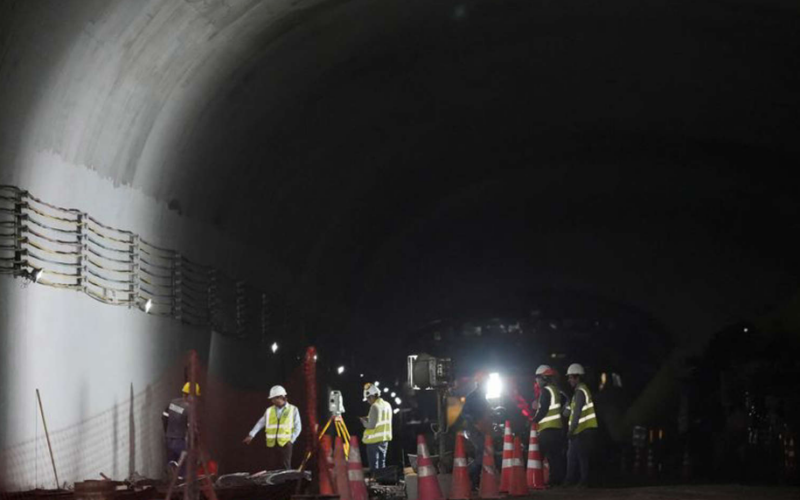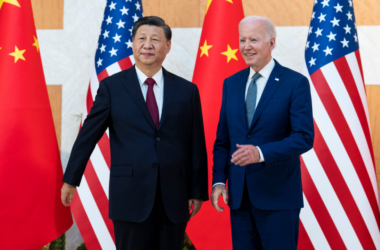In a significant geopolitical development, China is set to enhance its trade relations with South America through the establishment of a major port in the Peruvian town of Chancay. Valued at $3.5 billion, this Chinese-backed mega port, primarily owned by state-owned firm Cosco Shipping, aims to revolutionize trade dynamics between South America and Asia. The project reflects China’s ambitious Belt and Road Initiative and signals a challenge to the traditional influence of the United States and Europe in the Latin American region.
The Chancay mega port, scheduled to commence operations later this year, emerges as China’s first controlled port in South America. Positioned on the Pacific coast, it is poised to accommodate the largest cargo ships, allowing for a direct route to Asia and reducing the journey time for some exporters by two weeks. The deep water port is strategically significant for Beijing, providing a direct gateway to South America’s resource-rich region.
Over the past decade, China has successfully surpassed the United States as the largest trade partner for South America. This dominance is particularly evident in the consumption of South American exports, including soy, corn, and copper. The Chancay port is anticipated to further solidify this trade relationship, offering an efficient channel for the export of vital resources from the Andean region and western Brazil directly to China.
Part of China’s broader ‘Belt and Road’ initiative, the Chancay port underscores Beijing’s strategic influence in South America. The port’s construction, initiated in 2018, aligns with China’s efforts to strengthen its economic ties globally and poses a challenge to the traditional influence of the United States and Europe in the Latin American region. The success of the Chancay port could serve as a leverage point for China in regional politics and economic partnerships.
With the first phase set to be completed by November 2024, the Chancay port could potentially be inaugurated by Chinese President Xi Jinping during the Asia-Pacific Economic Cooperation (APEC) summit in Peru. The port is envisioned to become a regional hub for copper exports from the Andean nations and soy shipments from western Brazil. Diplomatic sources in Lima suggest that the port’s strategic significance could boost China’s standing in Peru, potentially creating a diplomatic point of leverage in the region.
While the Chancay port symbolizes China’s expanding footprint in South America, challenges remain. The success of the port hinges on regional infrastructure improvements, including roads and railways, to facilitate the transportation of goods. There are ongoing discussions between Peruvian and Brazilian officials to address overland transport challenges. The completion of the Interoceanic Highway and potential rail links are crucial for the project’s success.
China’s ascendancy in South America is not limited to infrastructure projects. Trade data over the past decade reveals a significant shift, with China becoming the key trade and investment partner for the region. Beijing’s proactive infrastructure spending in South America has enabled it to secure vital resources, including copper and lithium from the Andes, and soy and corn from Argentina and Brazil.
While China faces pushback globally on its Belt and Road Initiative, Latin America remains a focal point for expanding influence. However, experts caution that successful projects like the Chancay port depend on improved regional connectivity. Some projects have faced delays and hurdles, emphasizing the importance of addressing logistical challenges for sustained success.








